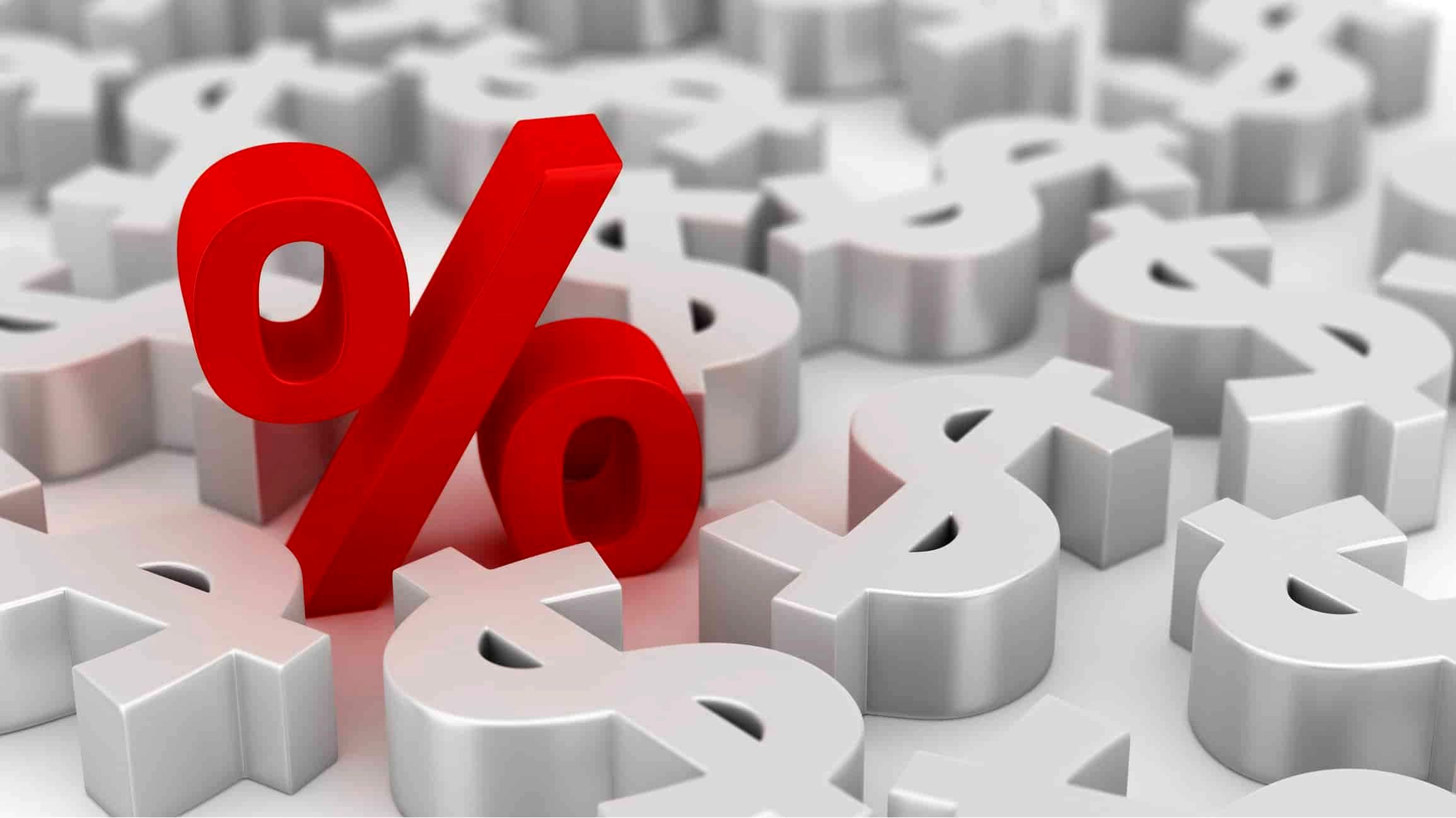The Forex market is a complex environment influenced by various factors, with interest rates set by central banks being among the most significant. Interest rates can profoundly affect the value of currency pairs, making it essential for Forex traders to understand this impact. In this article from Toofan Trading Academy, we will explore how interest rates influence major currency pairs in Forex.
Definition of Interest Rates
Interest rates are the rates at which central banks lend money to commercial banks and financial institutions. These rates serve as a primary tool for monetary policy, used to control inflation, drive economic growth, and stabilize financial markets. Changes in interest rates can alter the flow of capital and directly impact currency values.
How Interest Rates Affect Currency Pairs
- Attracting Investors
یکی از تأثیرات اصلی نرخ بهره بر جفت ارزها، جذب سرمایهگذاران است. ارزهای با نرخ بهره بالاتر معمولاً برای سرمایهگذاران جذابتر هستند، زیرا میتوانند بازدهی بیشتری ارائه دهند. بنابراین، افزایش نرخ بهره توسط بانک مرکزی میتواند تقاضا برای ارز را افزایش داده و ارزش آن را تقویت کند. به عنوان مثال، افزایش نرخ بهره توسط فدرال رزرو آمریکا میتواند باعث افزایش تقاضا برای دلار آمریکا و تقویت آن در مقابل سایر ارزها شود.
Learn More:
- Interest Rate Differentials and Carry Trades
Carry trading is a popular strategy in the Forex market, based on the interest rate differential between two currencies. In this strategy, traders borrow in a currency with a low interest rate and invest in a currency with a higher interest rate. This interest rate differential can shift capital flows and impact the value of currency pairs. For instance, if interest rates in Australia are high while they are low in Japan, traders might borrow Japanese yen and invest in Australian dollars, causing the Australian dollar to strengthen against the yen.

Impact of Interest Rates on Major Currency Pairs
- EUR/USD (Euro/U.S. Dollar)
The interest rates set by the European Central Bank (ECB) and the Federal Reserve significantly affect the EUR/USD pair. An increase in U.S. interest rates typically strengthens the U.S. dollar and weakens the euro against it, and vice versa. Changes in monetary policy and interest rates in these two economic regions can cause substantial fluctuations in this currency pair.
- GBP/USD (British Pound/U.S. Dollar)
Interest rates set by the Bank of England (BoE) and the Federal Reserve heavily influence the GBP/USD pair. A rise in interest rates in the UK can strengthen the British pound against the U.S. dollar. Additionally, market expectations regarding interest rate changes can cause volatility in this currency pair.
- USD/JPY ( US Dollar/Japanese Yen )
The interest rates set by the Bank of Japan (BoJ) and the Federal Reserve significantly impact the USD/JPY pair. Japan traditionally maintains low interest rates, making the Japanese yen attractive for carry trades. An increase in U.S. interest rates can lead to the strengthening of the U.S. dollar against the yen.
Read more: What is Opportunity Cost?
- USD/CHF (U.S. Dollar/Swiss Franc)
Interest rates set by the Swiss National Bank (SNB) and the Federal Reserve play a crucial role in the USD/CHF pair. The Swiss franc is often considered a safe-haven currency, and changes in interest rates in Switzerland and the U.S. can substantially affect this currency pair’s value.
- AUD/USD (Australian Dollar/U.S. Dollar)
The interest rates set by the Reserve Bank of Australia (RBA) and the Federal Reserve greatly influence the AUD/USD pair. Australia generally maintains higher interest rates compared to many developed countries, making the Australian dollar attractive for carry trades. Changes in interest rates in Australia and the U.S. can lead to significant fluctuations in this currency pair.
Conclusion
Interest rates are one of the most critical factors influencing the Forex market, determined by central banks. Interest rate changes can profoundly impact the value of currency pairs, and understanding this effect is crucial for Forex traders. Typically, an increase in interest rates strengthens the associated currency, while a decrease weakens it. Moreover, interest rate differentials between two currencies can attract investors and shift capital flows, affecting the value of currency pairs. Traders should closely monitor interest rate changes and market expectations to use this information to enhance their trading decisions.

Leave a Reply